Attracting talent demands more than just a competitive salary. Today’s workforce highly values a strong employer-sponsored benefits package, and job seekers are increasingly evaluating employee benefits when considering potential employers. For employers, highlighting benefits in job ads has evolved from a best practice to an essential strategy. As the demand for transparency and comprehensive compensation packages grows, savvy employers increasingly leverage their benefit programs to strengthen their appeal to top talent.
By the middle of 2023, almost 60% of job listings featured at least one employer-sponsored benefit. While that may not sound impressive initially, it’s a 50% increase since the beginning of 2020. Benefits have risen in importance as a recruitment strategy, particularly in sectors where such offerings were once uncommon.
Transparency is Key
Incorporating benefits into job advertisements goes beyond compliance. Particularly in industries known for lower wages or limited remote work options, candidates often assume that benefits may not be included. By clearly outlining their programs, employers can distinguish themselves from competitors and elevate recruitment efforts.
Nearly 60% of job seekers list perks and benefits as significant factors in their decision-making regarding job offers. This trend is particularly evident in certain sectors:
Low-Wage Sectors
More than 70% of job postings in low-wage fields now feature benefits, a big jump from 45% in January 2020. Employers recognize the importance of attracting and retaining talent in lower-paying roles by providing health insurance, paid time off, and retirement plans.
Limited Remote Opportunities
For employers who cannot offer remote options, emphasizing benefits such as flexible scheduling, improved family leave policies, and wellness initiatives has become an essential tactic. These alternatives [including some that may be offered within the scope of an employer-funded Lifestyle Spending Account (LSA)] can help prospective employees find the work-life balance they seek when remote working is not an option.
Professional Fields
Candidates in higher-paying industries like technology and finance typically expect robust benefits packages. However, unique perks like family-forming assistance or mental health resources still rank as differentiators.
Emerging Trends
As industries evolve, particularly in sectors where benefits are typically discussed later in the hiring process, emerging trends increasingly influence how employers approach employee benefits. Key developments include:
- Focus on social determinants of health: Over 50% of employers prioritize benefits that enhance employee well-being by addressing critical areas such as mental health, financial stability, and work-life integration. A collaborative study by the Business Group on Health and Fidelity Investments forecasts that the importance of well-being benefits will continue to rise in the coming years.
- Support for family formation and reproductive health: Nearly 75% of employers currently provide benefits encompassing fertility treatments, adoption support, and paid parental leave. These benefits are becoming increasingly important, especially for younger employees who rank them highly when comparing job opportunities.
- Commitment to pay transparency: Job seekers are demanding transparency in compensation. Four in 10 (40%) of workers say they lose interest in job postings with limited or no salary information. Companies that adopt pay transparency alongside clearly defined benefits are more likely to attract top talent in a competitive job market.
Impacting Brand through Employee Benefits
Beyond attracting highly qualified candidates, emphasizing benefits is a key branding strategy. For HR professionals aiming to enhance the effectiveness of benefits in recruitment, consider these approaches:
- Customize benefit offerings to industry-specific requirements: Each sector faces distinct challenges. To attract the right talent, tailor benefits to address the specific needs of your ideal candidates (such as health coverage for service industry employees or family-oriented benefits for tech workers).
- Promote employer-sponsored benefits more effectively: Actively market the content of your benefits program in job listings. Highlighting offerings like health insurance, retirement plans, and paid leave should be a priority,
- Leverage recruitment as a branding opportunity: Benefits significantly influence how potential employees view your organization. View every job listing as a chance to promote your brand. Showcasing perks aligning with your company culture and values can enhance your attractiveness as an employer.
Benefits attract high-quality talent and are formidable assets that differentiate your organization. As the job market evolves, incorporating a comprehensive benefits strategy into your recruitment practices will resonate with the modern workforce and elevate your employer brand.
For 40 years, DataPath has been a pivotal force in the employee benefits, financial services, and insurance industries. The company’s flagship DataPath Summit platform offers an integrated solution for managing CDH, HSA, Well-Being, COBRA, and Billing. Through its partnership with Accelergent Growth Solutions, DataPath also offers expert BPO services, automation, outsourced customer service, and award-winning marketing services.


